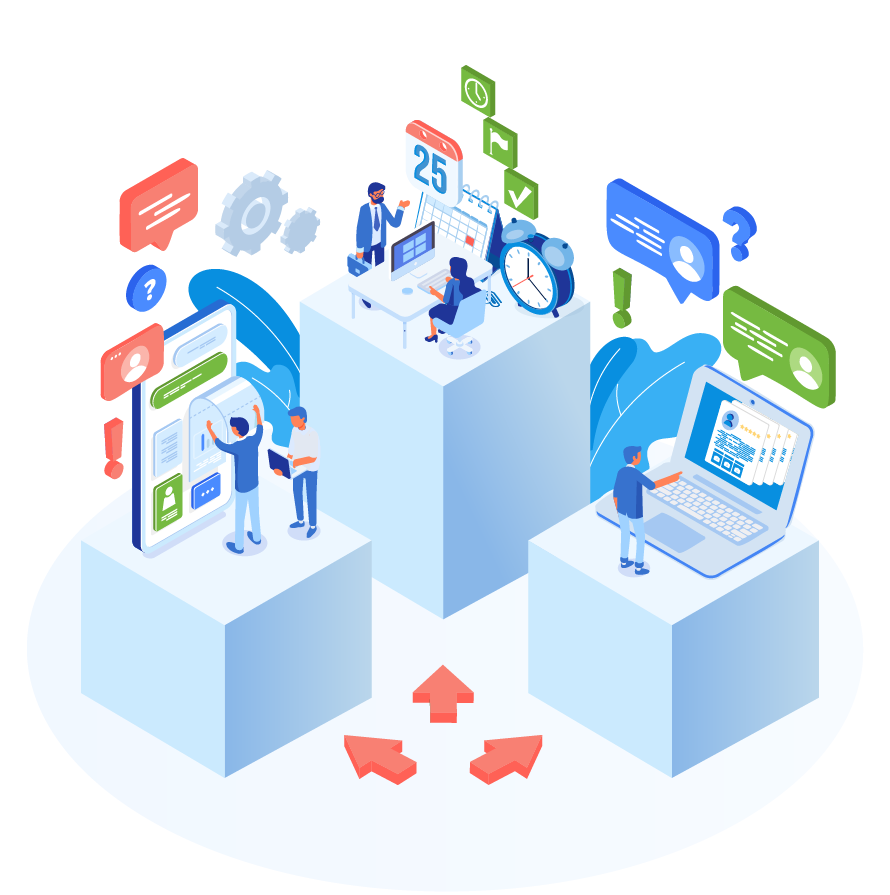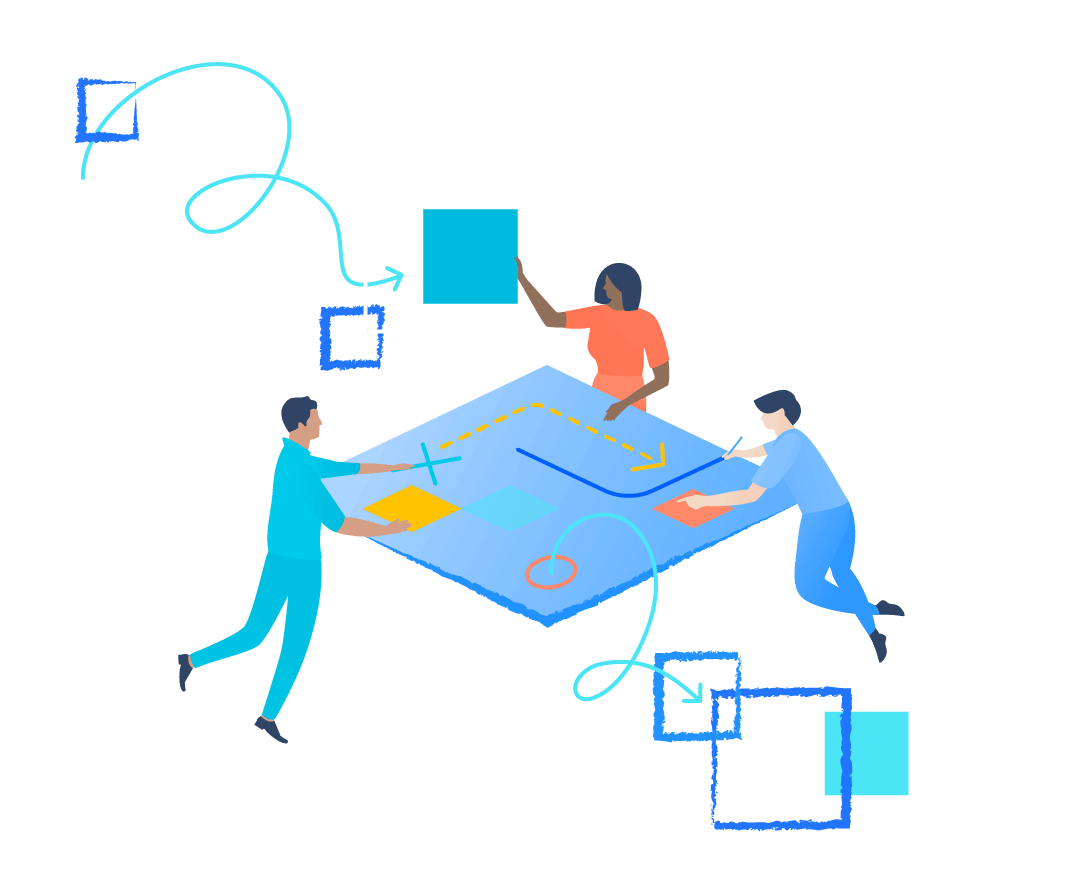Solution Demo Design Playbook
Show stakeholders what the solution or the change
looks like to help them come along the journey.
60 min
3+ People

What you’ll need
REMOTE
Video conferencing with screen sharing
Digital collaboration tool (Zoom, Hangout)
IN-PERSON
Whiteboard
Markers
Post-it notes
Timer
Instructions for running this Playbook
1. Background
Solution demo is a critical part of an agile project. It helps to demonstrate to stakeholders what the end solution could look like and gives them an opportunity to engage and provide feedback on what the project team has been working on.
A key gap for solution demos without change management input is one that is often focused on the technical or process features. Effective solution demos are designed with the stakeholders’ needs in mind and is focused to help them easily picture themselves or their colleagues using the solution. The session is ideally a joint-session with the rest of the project team in designing the demo.
2. Prep
The following are critical prior to conducting the solution demo design session:
- User journey – To ensure this can be referenced and utilised to illustrate the journey the user will go through in using the solution
- User role profiles – To ensure that critical user profiles are clearly understood so that these can be utilised to outline their usage journeys
- Change approach or Change Canvas – To help illustrate critical aspects of how users will be engaged be supported to use the designed solution
Scheduling:
Include key project team members such as the project manager, business owner, lead developer and business analyst. Also include business representatives from impacted business areas.
Organisation:
Prior to the session undertake the following preparation:
- Research previous solutions demos and understand key questions and concerns, especially those aspects with a people and change component (vs. technical issues)
- Anticipate concerns and sentiments of targeted business representatives
- Talk to business representatives to understand the history of changes that they have been through, how the group has evolved over time through changes
TIP: DESIGN
Focus as much on what a typical experience would be like from an end-user perspective versus on the technicalities of the solution itself.
Position the various scenarios and challenges that the user faces and walk through how these are resolved by the solution.
A good way to demo less technically focused solutions would be through role-plays to show what the solution looks like.
TIP: WHAT TO AVOID
The solution demo is about showing what ‘works’ in a realistic way. It should never be a powerpoint deck walk through.
Following agile principles, the focus is on ‘showing’ versus ‘telling’. The stakeholders need to be able to ‘see’ the solution versus ‘being told’ about it.
3. Run the session
Intro – 5-10 min
Walk through the purpose of the session and why this is required. Emphasise how important it is to incorporate people and change considerations within solution demo design to ensure session success.
1. Discuss overall demo design – 10 min
- Overall demo agenda and run-sheet
- Length of the demo (normally an hour, or 2 hours for complex solution demos)
- Scope of the demo or the portions of the solution to be demo’ed
- Roles of team members involved in leading the demo
2. Discuss incorporating user journeys and user profiles in demo design – 15 min
- Be focused on the exact portion of the user journey you are going to demo and be precise and clear
- Select key user profiles for the demo to illustrate how users will use the solution. This makes the demo much more engaging and real. Ideally use no more than 3 user profiles in most situations for the core demo. For other roles you can also talk through at a high level key usage models
- Be focused on the people component in painting a picture of what each user profile is, what challenges they have, and how the solution meets those challenges
- Highlight key benefits of the solution as you walk through the user journeys
3. Incorporate change approach in demo design – 10 min
Identify key change approach to call out throughout the user journey:
- Focus on painting a clear picture for stakeholders throughout the user journey in how users are supported throughout the change process
- Mention key change activities at key junctures of the user journey such as town hall sessions, training sessions, using sandbox to become more familiar with the solution, being supported by change champions, etc.
4. Incorporate key readiness and adoption measurement approaches – 10 min
Identify key change readiness and adoption measurement approaches and call these out and incorporate within the demo. The key is not to go overboard and focus too much on the details. Instead, highlight how solution usage is being measured and behaviours reinforced to achieve overall project objectives. For example:
- Overview how change adoption is tracked during the user journey walkthrough
- Highlight any behavioural reinforcements to sustain the change as a part of the user journey
- Overview how change readiness is measured and reported as a part of the user journey
5. Capturing outcomes and actions required – 5 min
At the end of the session, capture key actions required, timeline required, and a follow up session as required.
What to do with the output?
After you’ve written up key agreements and solution demo run-sheet incorporating those design elements discussed, send these to various project stakeholders. Follow-up with action owners to get ready for the solution demo session.
Explore other Plays



